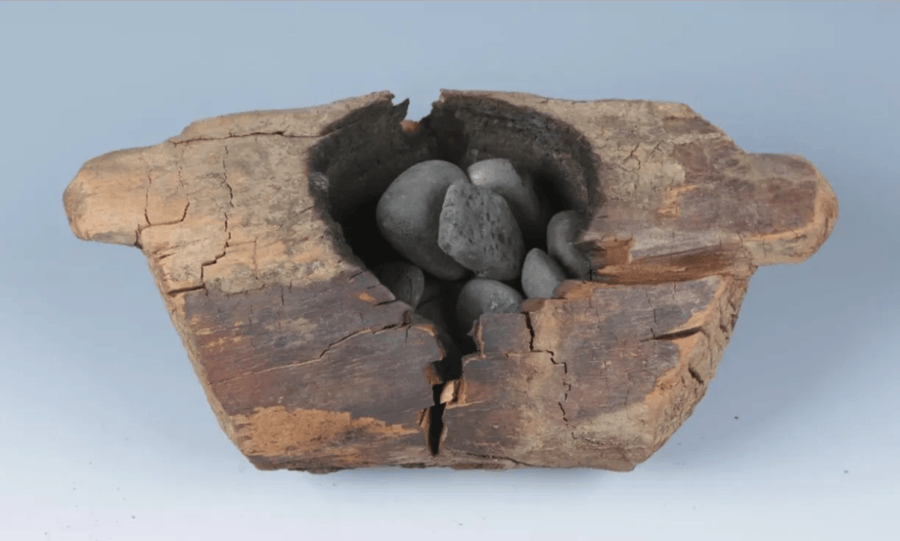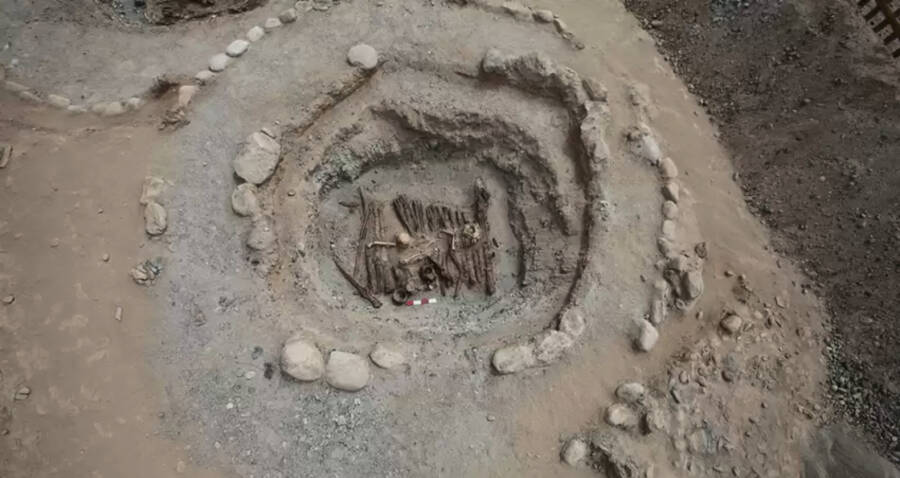“Unveiling Ancient Rituals: Did Our Ancestors Smoke Pot to Honor the Dead?”
“To our excitement we identified the biomarkers of cannabis, notably chemicals related to the psychoactive properties of the plant,” said Yimin Yang, an archeologist at the University of Chinese Academy of Sciences, who led the research team on the study.

Xinhua WuAn incense burner from Jirzankal Cemetery, in the Pamir Mountains of western China. 2,500 years ago, people would burn cannabis leaves over hot stones to release psychoactive smoke.
According to the study published in Science Advances, the evidence suggests that the ancient peoples of central Asia used marijuana during funerals. They would heat up stones, place them in a carved-out piece of wood, and place cannabis leaves over them to release psychoactive smoke.
After conducting some analysis on the cannabis residue using a technique called gas chromatography-mass spectrometry, researchers also found that the concentration of tetrahydrocannabinol, or THC – marijuana’s main psychoactive component — was much higher than today’s average marijuana plant.
Basically, these people were smoking some pretty strong weed.
“It is possible that high-elevation populations of a naturally higher THC–producing variety were recognized and targeted by people in the Pamir region, possibly even explaining the prominence of ritual sites in the high mountains,” the study noted.
An angular Chinese harp instrument as well as perforations and breaks detected in the bones of some of the excavated remains suggest that music and human sacrifices were also integrated into the funeral ceremony.












